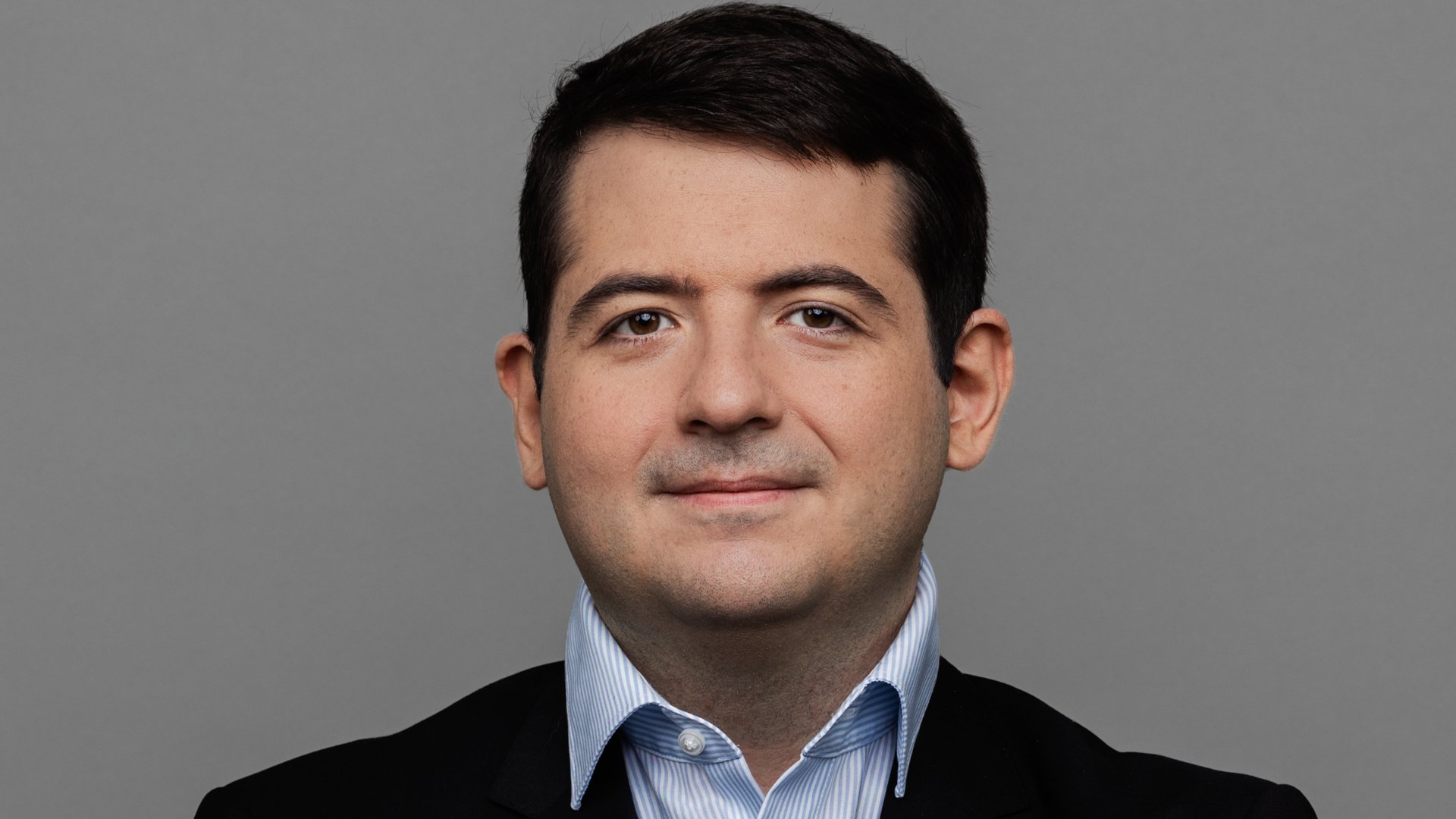Sustainability must work through the entire value chain. Markus Vejvar from Kearney explains which factors are becoming important for sustainable businesses – and how the global economy must act.
Markus Vejvar is strategy consultant at Kearney, specialized on resilience and sustainability in supply chain management. He has a PhD in transportation management and was project leader for the sustainability handbook ‘The Sustainability Chessboard‘. Currently, he is Project Fellow at the World Economic Forum, focusing on resilience in global value chains.
Kearney is a leading global management consulting firm with more than 5,300 people working in more than 40 countries. So, we wanted to know from Markus Vejvar how companies from all industries can tackle the challenge of a sustainable economy.
invidis: Mr Vejvar, nobody should wait in terms of sustainability. Why?
Markus Vejvar: There are a lot of reasons. Pressure comes from the end consumer, they become more aware, in particular in B2C environments. This pressure is passed on throughout the value chain, and also the regulators put stronger pressure on the supply chain in terms of sustainability with start from next year and new incoming regulations regarding reporting. Companies that do not start to invest now will have to play catchup, as customers, regulators and employees increasingly start to request sustainability.
Where should a company start?
It is important to establish a baseline first: it doesn’t make sense to put up ambitious targets if you do not know the current state. There are a lot of issues to address, both environmentally and socially, but decarbonization is in the center of all strategies.
What does that mean in practice?
We classify emissions into three scopes: Scope 1 are direct emissions, Scope 2 energy related emissions, and Scope 3 from cradle to grave. Particularly Scope 3 is a challenge: In the digital signage industry, initiatives need to look into the hardware product design, how to extend the overall lifetime and how the product is handled at the end of its life. We could see in a comparable project within the consumer electronics industry that the user plays also a huge role for the carbon footprint of a product in how they use and discard it. You also need to address upstream emissions from your supplier – this can only be achieved through dialogue and identifying joint targets.
What are other factors?
We talk a lot about circularity, goods that can easily be recycled and go back in the production cycle. We are far from that, but we could focus for example on expanding the product lifetime. If you can use a screen for eight years instead of four you double the lifetime and reduce emissions from production by half. Of course, you will lose sales for not selling replacement goods after four years as you would have done normally. This is a dilemma, but we have seen from use cases in the white goods area that there are ways to navigate this.
Can you give us an example?
We worked with a white goods manufacturer wanting to reduce the environmental impact by extending the lifetime. They set up a new business model: Instead of just selling a new washing machine every few years, they now offer the product as a service, where you are renting the product. This enables them to generate revenue over the longer lifetime of the product, while also significantly cutting emissions. The improvement in energy savings of new products over time will also make it attractive for consumers to switch models after some years.
You have been involved in the World Economic Forum in Davos in February. What are the learnings from this?
The global economy has become less circular during the past years: solutions are available, but they are uneven distributed. Sustainability becomes a focus when other short-term targets have been met or there are no other major challenges. If you are starving, you have other priorities – so global inequity negatively affects our global ability to reach sustainability goals. As a result, collaborations and public-private partnerships that support data sharing and adoption of technology throughout the end-to-end value chains will be critical.
What will be the benefits for companies that dedicate themselves to sustainability?
Decarbonization of value chains is the biggest challenge and remaking of operations since the industrialization. It requires huge investments; short-term you will need to spend a lot of CAPEX. We anticipate that the frontrunners will see a huge competitive advantage: If you are able to support other firms in their decarbonization efforts, you will be able to experience significant growth. For example, within digital signage, if you manage to develop hardware with lower energy consumptions, you will be able to reduce end-to-end emissions, and any company that wants to decarbonize their digital signage will turn to you.


